When you’re facing a difficult laser measurement problem, you want a solution in which you can have full confidence– so you can focus on your application.
Let’s say you’re NOT a laser measurement expert.
In many laser applications nowadays, you can find yourself facing multiple challenges. Any of these sound familiar?
- High power and energy
- High power density and energy density
- Spectrally wideband sources
- Divergent beams
Measuring these – and getting accurate readings, and having your sensor survive the experience – is not as easy as it sounds!
But it can be.
Ophir’s offers a new family of laser sensors based on a specially developed absorber called the LP2. Here are 4 ways in which LP2 sensors can help you deal with laser measurement difficulties:
a. Very high damage threshold
The maximum power density and energy density above which a sensor’s absorber is at risk of damage. For example:
- Maximum power density at 1 KW is 10 KW/cm2; at 300W, it is 12 KW/cm2.
- Maximum energy density is 300 J/cm2 for 10 msec pulse widths.
This means you can measure smaller beams having higher powers – and still sleep well at night, without fear of damaging the coating. As a result it is an excellent solution for high-power CW and long pulse laser measurements.
b. Impressive spectral flatness
as you can see here:
Since its absorption remains constant at widely differing wavelengths, sensors based on the LP2 can be used for a wide range of monochromatic laser sources as well as wideband LED sources and “white light” or polychromatic beams.
c. The absorption is also largely independent of incident angle
98% absorption at 60 degrees incidence angle!
This means it can be used for divergent beams too, such as from laser diode stacks, LEDs and IPL sources.
d. Very little back reflection
As you can see in this graph, as much as 96% is absorbed (depending on wavelength), meaning much less light is scattered back – which for high power beams is an important benefit. (Especially to your colleagues standing nearby in the room.)
Several laser power sensor models based on the LP2 absorber are available for various power levels in the KW and multi-KW range.
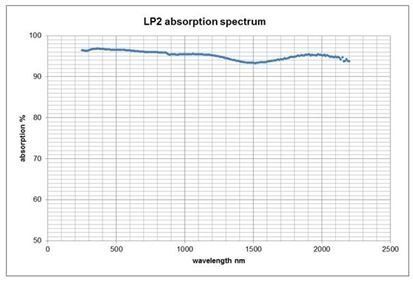
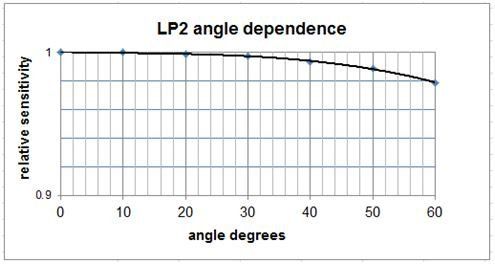
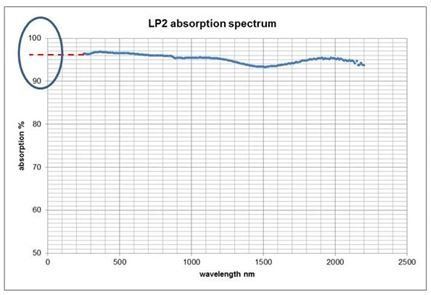


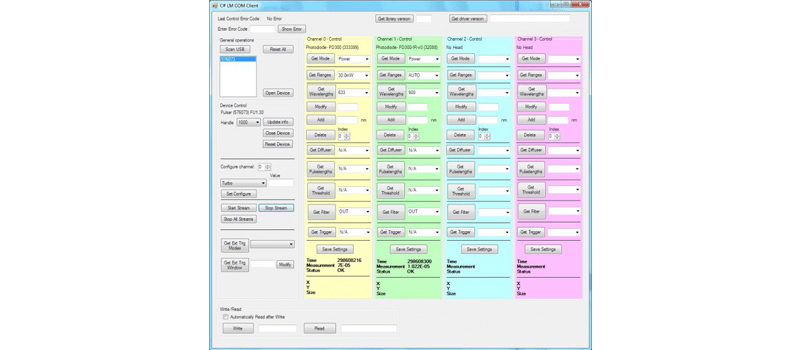


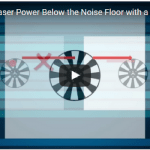
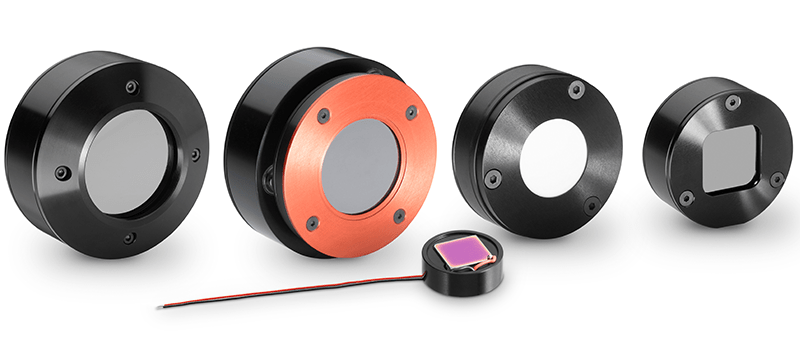
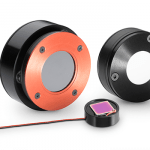


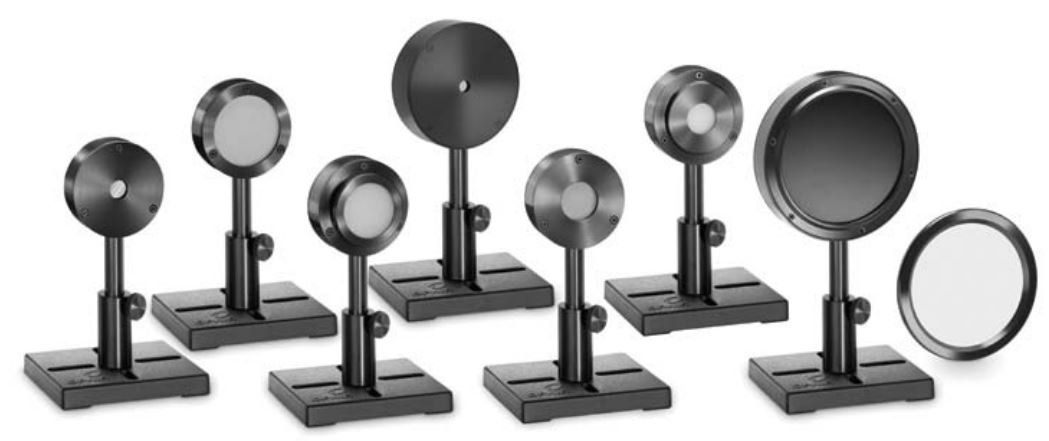
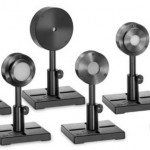
Leave a Reply
Your email address will not be published. Required fields are marked *